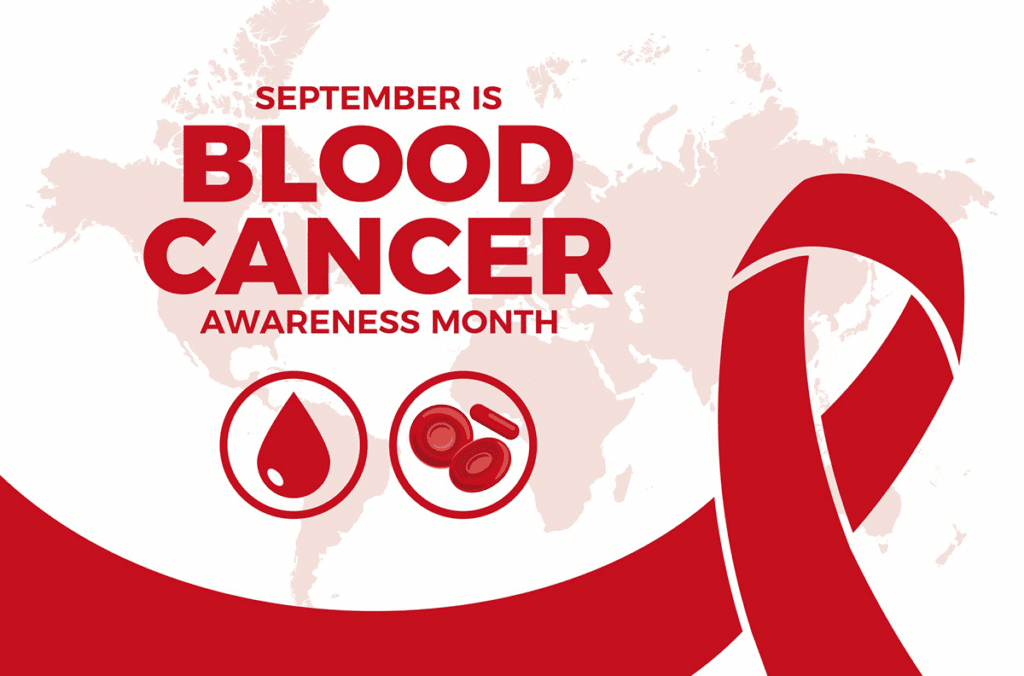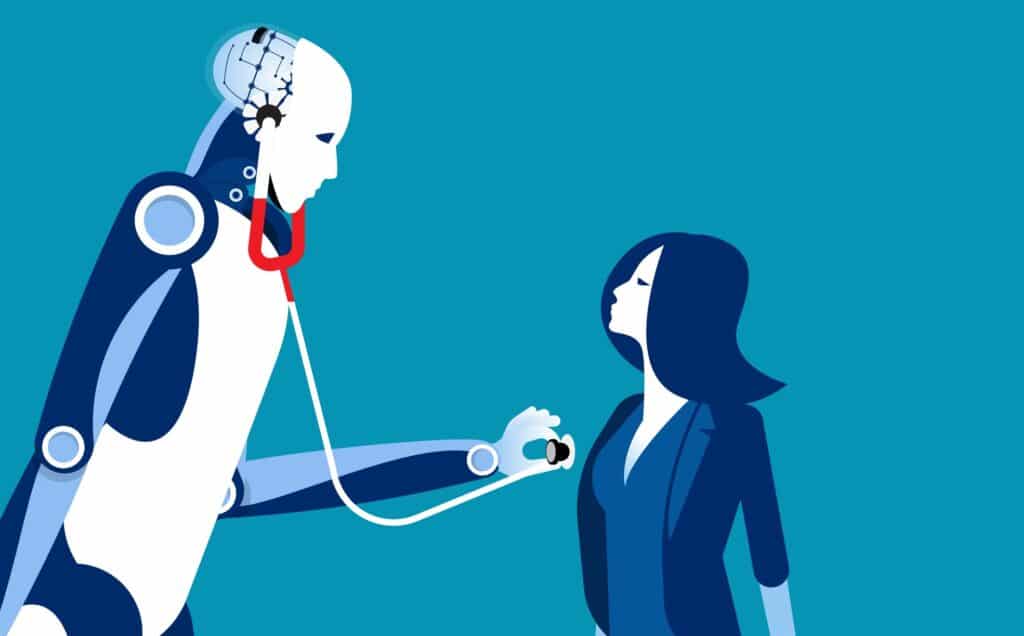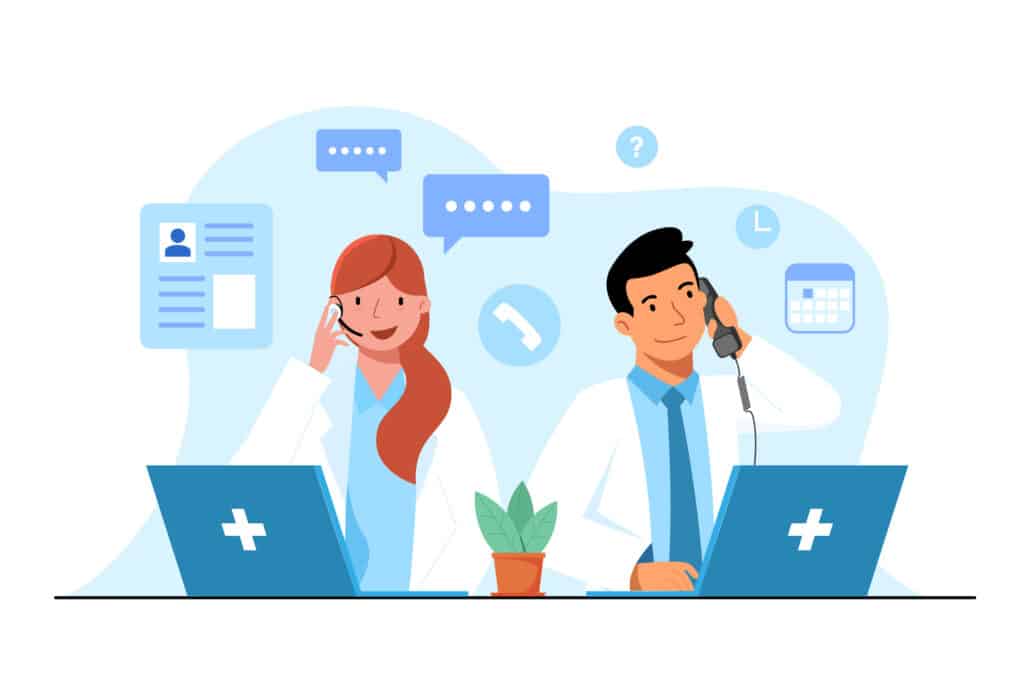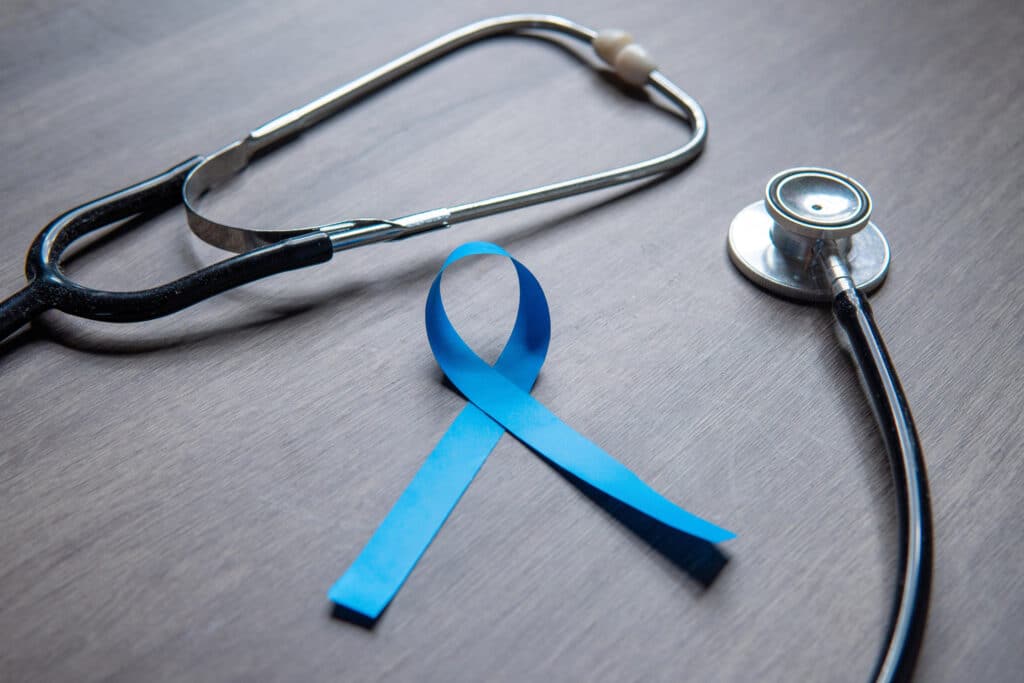
Healthy Habits for the Holidays: Updated Tips From TriageLogic
Balancing Wellness During the Busy Season We like to remind patients and providers that holiday health is about balance, not perfection. Over the years, we’ve shared tips on how to maintain healthy habits during this time, with the goal of encouraging mindfulness, moderation, and meaningful connections. However, as seasonal demands evolve, so should our wellness strategies. That’s why we’d like to revisit some important tips

Blood Cancer Awareness: How Nurse Triage Supports Patients
Why Blood Cancer Awareness Matters Blood cancer awareness is especially important because its symptoms are often subtle. Fatigue, frequent infections, unexplained bruising, or night sweats may not seem like an immediate cause for alarm, but they can indicate this serious underlying illness. Blood cancers can include leukemia, lymphoma, and myeloma, and they affect the body’s ability to produce and regulate healthy blood cells. Blood Cancer

AI in Nurse Triage: Why Clinical Insight Still Matters
The Role of AI in Nurse Triage From predictive analytics to automated intake, tools leveraging artificial intelligence (AI) are becoming part of how hospitals and medical practices connect with patients. While these systems offer speed and efficiency, they also raise an important question: can AI alone replace clinical expertise? The short answer is no. When it comes to patient safety, empathy, and care accuracy, AI

Supporting Wellness for Patients and Providers: A TriageLogic Perspective
Did you know that August is National Wellness Month? Supporting wellness is about self-care, stress management, and healthy routines for better quality of life. While it’s something we all strive for, it’s often easy to push aside because of busy schedules, chronic illness, or unexpected life events. Let this be a helpful reminder to pause and take stock of our personal health. For hospitals, medical

Leveraging AI for Better Medical Answering Service Performance
Healthcare professionals face increasing pressure to deliver timely, efficient, and accurate responses to patient inquiries — even after hours. In many ways, artificial intelligence (AI) has risen to meet these challenges, especially when it comes to patient communication. By automating workflows, reducing human error, and accelerating response times, AI is laying the foundation for a better medical answering service experience for both patients and providers.

Men’s Health Awareness Month: Key Issues, and How Nurse Triage Can Help
June is Men’s Health Awareness Month, and an excellent time to encourage men to take charge of their own physical and mental well-being. Despite numerous public health campaigns, men are less likely than women to seek medical attention, which can delay diagnoses and lead to worse health outcomes. Providers and healthcare call centers play an important role in closing this care gap by helping them

Celebrating National Nurses Week 2025: Honoring Nurses and TriageLogic’s Commitment to Support
National Nurses Week is almost here! Held annually from May 6 to 12, this period recognizes the invaluable contributions of these caregivers. It also concludes on the birthday of Florence Nightingale, who is widely considered the founder of modern nursing. This year, the American Organization for Nursing Leadership (AONL) has chosen the theme “Care, Lead, Inspire — Repeat,” highlighting the continuous cycle of compassion, leadership,

Leveraging AI in Triage Software for Better Performance
The healthcare industry is no stranger to artificial intelligence (AI). Using it to help patient engagement has become a primary focus in recent years, and triage software is no exception. For those physicians who are looking for tools that can improve how their nurses assess patient symptoms over the phone, now is the time to learn about leveraging AI for better triage software performance. Let’s

Health Trends in November: Balancing Wellness Through the Holiday Season
November marks the start of the holiday season, when family gatherings, food choices, disease management, and other health trends can affect our minds and bodies. Yet this time of year also brings unique opportunities for addressing these concerns and prioritizing well-being. Here are the most common ones to keep in mind. https://youtu.be/IIdZaZlzEA4 1. Health Trends: Respiratory Illness Prevention With colder weather and increased indoor gatherings,

How Cloud Technology Affects Triage Software: 4 Key Benefits
Part of delivering more efficient care starts by guiding patients to the appropriate providers. Triage nurses are often your best resource for doing this, especially when they’re equipped with powerful software. It’s also worth noting how cloud technology affects triage software in terms of its functionality, accessibility, and scalability, and why these elements are so critical in modern healthcare. Here are the four key benefits

Healthcare Data Breach: What Are the Costs to Your Practice?
Data breaches and ransomware attacks continue to be concerns for health systems and practices of all sizes. They not only compromise sensitive patient information, but also cause significant damage to finances and reputations. Below, we explore what costs could affect your practice in the event of a healthcare data breach, and what you can do to avoid them. The Staggering Costs of Healthcare Data Breaches

Mastering Medicare RPM Reimbursement: Your Guide to CPT Codes for RPM
New technologies are revolutionizing how doctors can perform chronic care management (CCM). Remote patient monitoring (RPM) is one of them, giving doctors and nurses the ability to track patients’ health while those patients are at home. For this technology to be financially successful for your practice, your workers must understand the most recent CPT codes for RPM to get reimbursed, as well as the services
